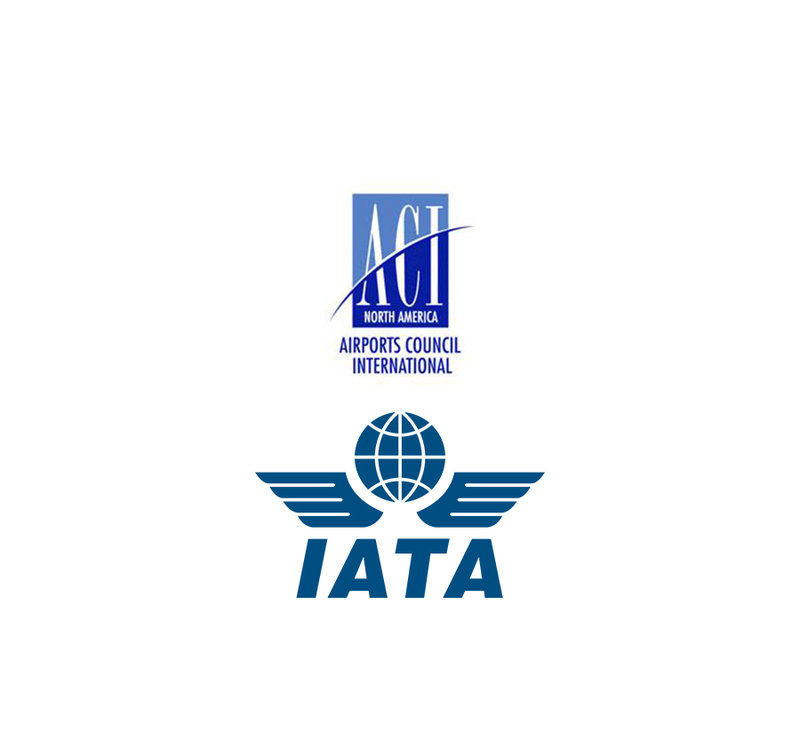From the Experts
Aviation bodies set out long-term vision for airport security
The briefing on connected aviation
The news, views and numbers you need to know this month
A
t the end of November, the International Civil Aviation Organization (ICAO) held its Second Global Aviation Security Symposium in Montreal, Canada, where key industry leaders discussed existing and future challenges relating to aviation security. Some of the suggestions included innovative procedures, greater efficiency and a better passenger experience.
A new paper, titled Vision for Aviation Security at Airports, published by Airports Council International (ACI) lists a number of themes that could shape how aviation security will evolve globally in the next years – and challenges related to this evolution. These include off-airport handling of passengers and bags, human factors, applying a risk assessment to passengers and their belongings, advanced screening technologies and mutual recognition between States’ regulatory frameworks, to name a few.

Dr. Fang Liu, ICAO Secretary General
Our message to the world could not be clearer. ICAO, its Member States, the industry and our other partners are addressing the threat to civil aviation with great determination, ambition, and unity of purpose. From the consumers’ standpoint, it is nothing short of vital that we address security risks with solutions which pose a minimum of passenger or shipper inconvenience. Any other approach will not be sustainable.
Image courtesy of ICAO

Michael O’Connell, Vice President, NEC Europe
Technology needs to be well guided. We need to build more collaborative relationships with governments and regulators.
Image courtesy of

Angela Gittens, ACI World Director General
Stakeholders across the industry are in broad agreement that investment in airport infrastructure is critical to the global economy and global and national connectivity especially in achieving the United Nations Sustainable Development Goals.
Image courtesy of

Airports Council International and the International Air Transport Association
The world is changing rapidly through innovations in information technology […]. In this environment, airports need to be flexible and innovative to withstand rapid change. As with any forward-looking concept, the challenge will be to ensure that no country is left behind and that different approaches can co-exist, from simpler ones to more sophisticated ones.
Image courtesy of